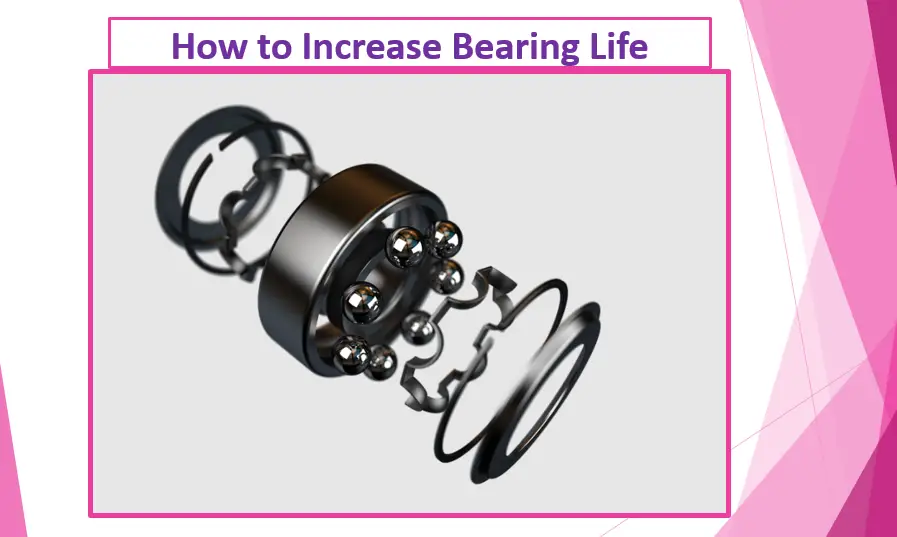
To increase bearing life, proper maintenance and lubrication are essential. Regularly inspecting bearings for any signs of wear or damage can help prevent potential issues before they escalate. Additionally, ensuring that the bearings are properly aligned and mounted can significantly extend their lifespan. Proper lubrication is also crucial, as it reduces friction and heat buildup within the bearing, preventing premature wear and tear.
It is important to use the correct type and amount of lubricant recommended by the manufacturer for optimal performance. Finally, operating conditions should be monitored to ensure that the bearings are not subjected to excessive loads or speeds that could lead to premature failure. By following these guidelines and implementing a proactive maintenance routine, bearing life can be significantly increased, ultimately improving equipment reliability and reducing downtime.
1. Increase bearing life with Lubrication
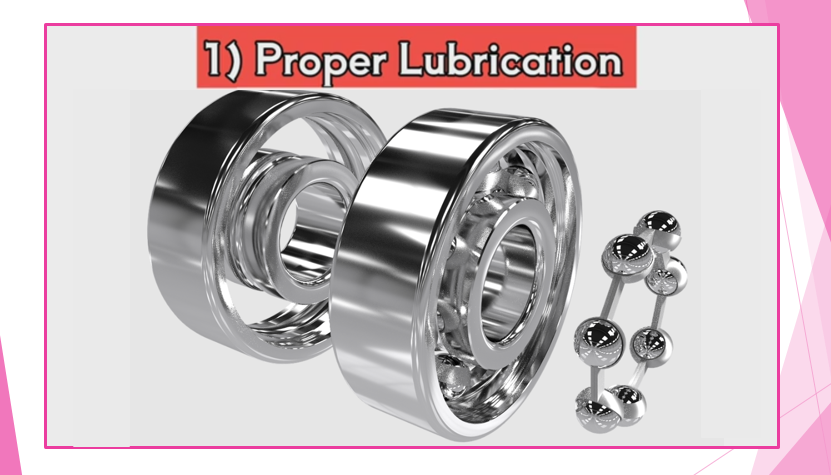
Proper lubrication is essential for increasing bearing life and ensuring optimal performance in industrial machinery. To maximize bearing life, it is crucial to select the appropriate lubricant based on factors such as operating conditions, load capacity, and temperature range. Regular lubrication maintenance schedules should be followed to prevent excessive wear and friction that can lead to premature bearing failure. Over-lubrication should be avoided as it can cause overheating and damage to the bearings.
It is recommended to use high-quality lubricants that are specifically designed for the type of bearing being used. Additionally, implementing precision lubrication methods such as oil mist or circulating systems can help distribute the lubricant evenly and efficiently throughout the bearing components, further extending its lifespan. By prioritizing proper lubrication practices, professionals can significantly increase bearing life and reduce downtime in industrial operations.
2. Proper Sealing of Bearing Housing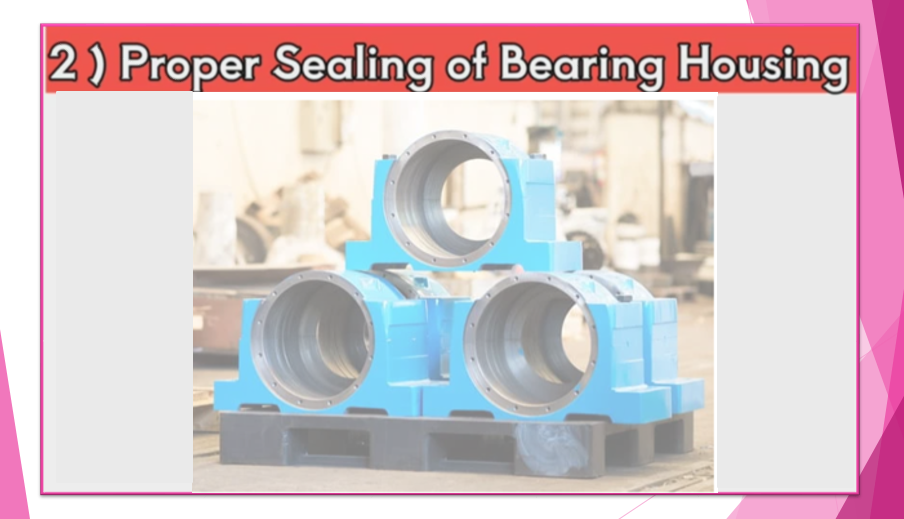
Proper sealing of bearing housing is crucial in increasing the life of bearings and preventing premature wear and damage. To achieve this, it is essential to carefully select high-quality seals that are compatible with the operating conditions and environment of the application. Installing the seals correctly with proper alignment and tightness will ensure effective sealing and prevent contaminants such as dust, dirt, water, and other particles from entering the bearing housing.
Regular inspection and maintenance of the seals should also be conducted to replace any worn-out or damaged seals promptly. Additionally, using lubricants specifically designed for sealed bearings will help reduce friction, heat generation, and wear on the bearings, ultimately extending their lifespan and ensuring optimal performance. By following these guidelines, you can significantly increase the longevity of bearings through proper sealing of bearing housing.
3. Proper Installation of Bearing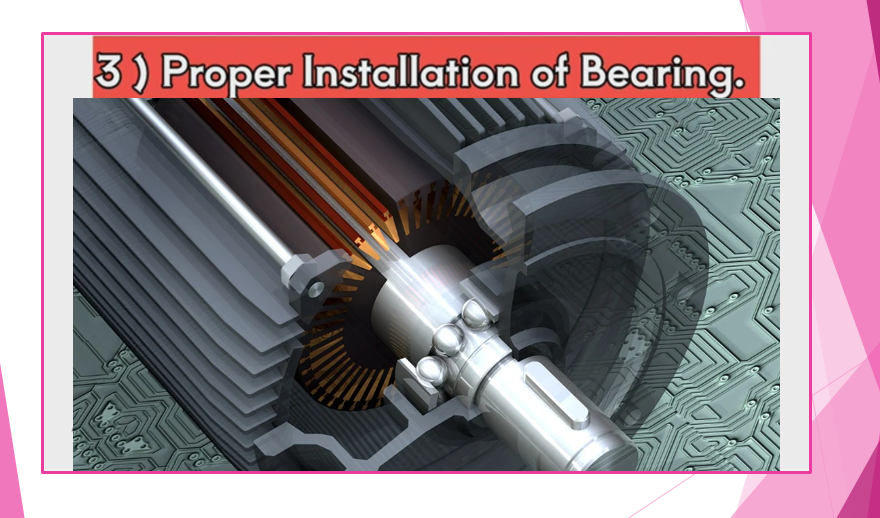
Proper installation of bearings is crucial in ensuring the longevity and efficiency of machinery. Firstly, it is essential to select the appropriate bearing for the specific application, taking into consideration factors such as load capacity, speed, and operating environment. Prior to installation, meticulous attention should be paid to cleanliness, as any dirt or debris can compromise the performance of the bearing. The use of proper tools and techniques during installation is paramount in preventing damage to the bearing or shaft.
Additionally, ensuring that the bearing is mounted securely and aligned correctly will prevent premature wear and failure. Finally, following manufacturer guidelines and torque specifications during installation will guarantee optimal performance and reliability of the bearing over its lifespan. Proper installation not only extends the life of the bearing but also improves overall equipment performance and reduces maintenance costs in the long run.
4. Proper Preventive Maintenance of Bearing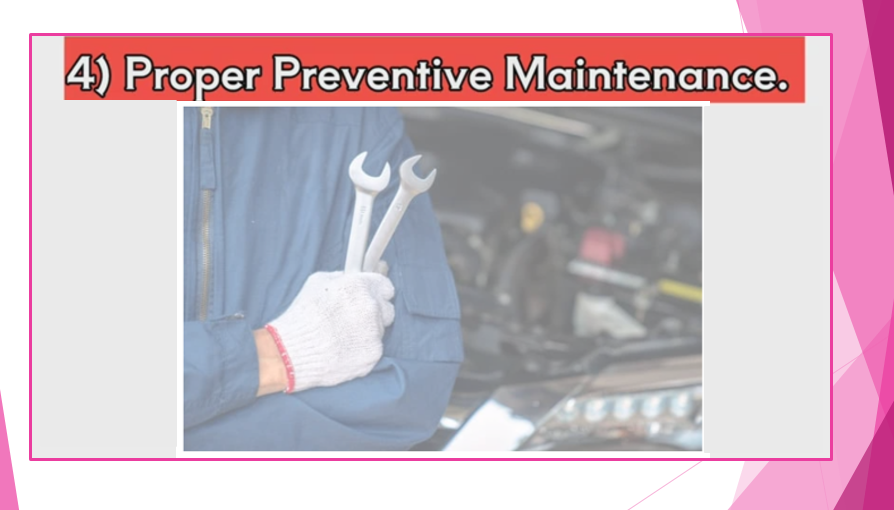
Preventive maintenance of bearings is a crucial aspect of maintaining the efficiency and longevity of machinery. This proactive approach involves regularly inspecting, cleaning, lubricating, and replacing components to prevent potential breakdowns or failures. By adhering to a scheduled maintenance plan, professionals can identify issues early on and address them before they escalate into more severe problems. Preventive maintenance helps in reducing downtime, improving performance, and extending the lifespan of bearings.
It also ensures the safety of equipment operators by minimizing the risk of unexpected malfunctions. Properly maintained bearings contribute to overall operational cost savings by preventing costly repairs or replacements that may arise from neglecting routine maintenance tasks. In conclusion, incorporating preventive maintenance practices for bearings is essential for sustaining optimal performance and productivity in industrial settings.
5. Use Advance Condition Monitoring Equipment
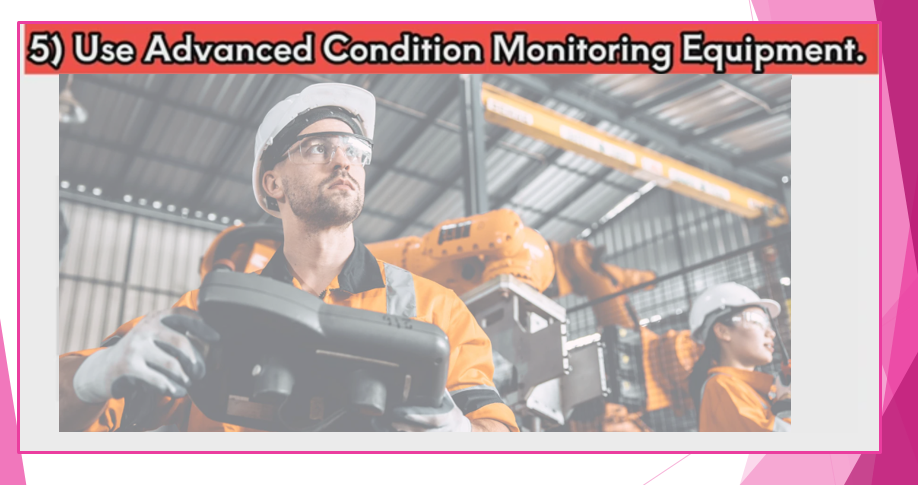
Advanced condition monitoring equipment for bearings refers to the latest technology utilized to monitor the performance and health of bearings in industrial machinery. This equipment typically includes vibration analysis tools, infrared thermometers, ultrasound detectors, and oil analysis kits. These tools are used to detect any abnormalities in bearing operation such as excessive heat, vibration, or lubrication issues that can signal impending failure. By utilizing this advanced equipment, maintenance professionals can identify potential problems before they cause costly downtime or catastrophic failures.
In addition to helping increase the lifespan of bearings and reducing maintenance costs, advanced condition monitoring equipment also plays a crucial role in optimizing operational efficiency and ensuring the safety of personnel working with heavy machinery. Overall, investing in this technology is essential for industries looking to maximize productivity and minimize risks associated with bearing failures.
6. Proper Selection of Bearing
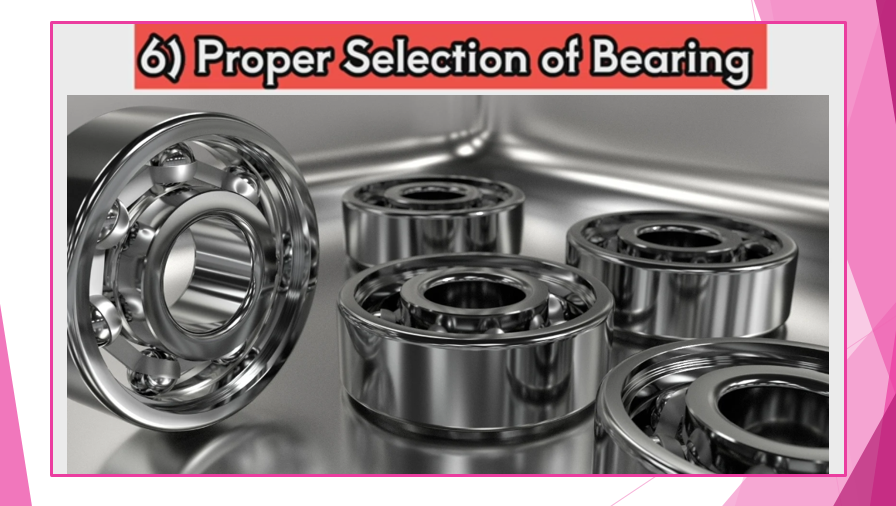
Selecting the proper bearing is crucial in ensuring smooth and efficient operation of machinery. When choosing a bearing, it is important to consider factors such as load capacity, speed, and anticipated operating conditions. First and foremost, determine the specific load requirements of the application to ensure the bearing can handle the expected forces. Additionally, take into account the speed at which your machinery will be operating, as bearings have different lubrication and cooling requirements depending on their rotational speed. Furthermore, consider environmental factors such as temperature and moisture levels that may impact the performance of the bearing. With these considerations in mind, consult with a knowledgeable supplier or engineer to select a bearing that meets all necessary specifications for optimal performance and longevity in your application.
“Thank you for reading! If you found this article insightful and valuable, consider sharing it with your friends and followers on social media. Your share can help others discover this content too. Let’s spread knowledge together. Your support is greatly appreciated!”
